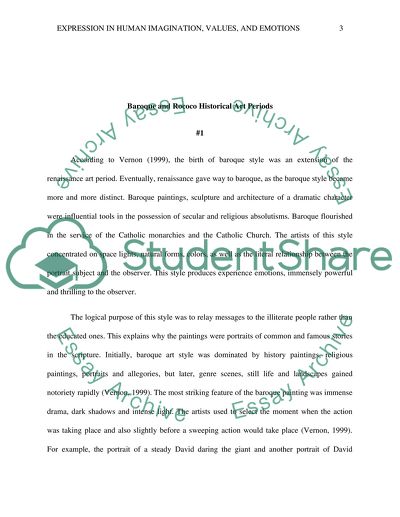Cite this document
(“Expression in Human Imagination, Values and Emotions Essay”, n.d.)
Retrieved from https://studentshare.org/visual-arts-film-studies/1445507-expression-in-human-imagination-values-and-emotions
Retrieved from https://studentshare.org/visual-arts-film-studies/1445507-expression-in-human-imagination-values-and-emotions
(Expression in Human Imagination, Values and Emotions Essay)
https://studentshare.org/visual-arts-film-studies/1445507-expression-in-human-imagination-values-and-emotions.
https://studentshare.org/visual-arts-film-studies/1445507-expression-in-human-imagination-values-and-emotions.
“Expression in Human Imagination, Values and Emotions Essay”, n.d. https://studentshare.org/visual-arts-film-studies/1445507-expression-in-human-imagination-values-and-emotions.


